18 Gorgeous Getaways You’ve Probably Never Heard Of — And 3 Mistakes That’ll Keep You From Getting There
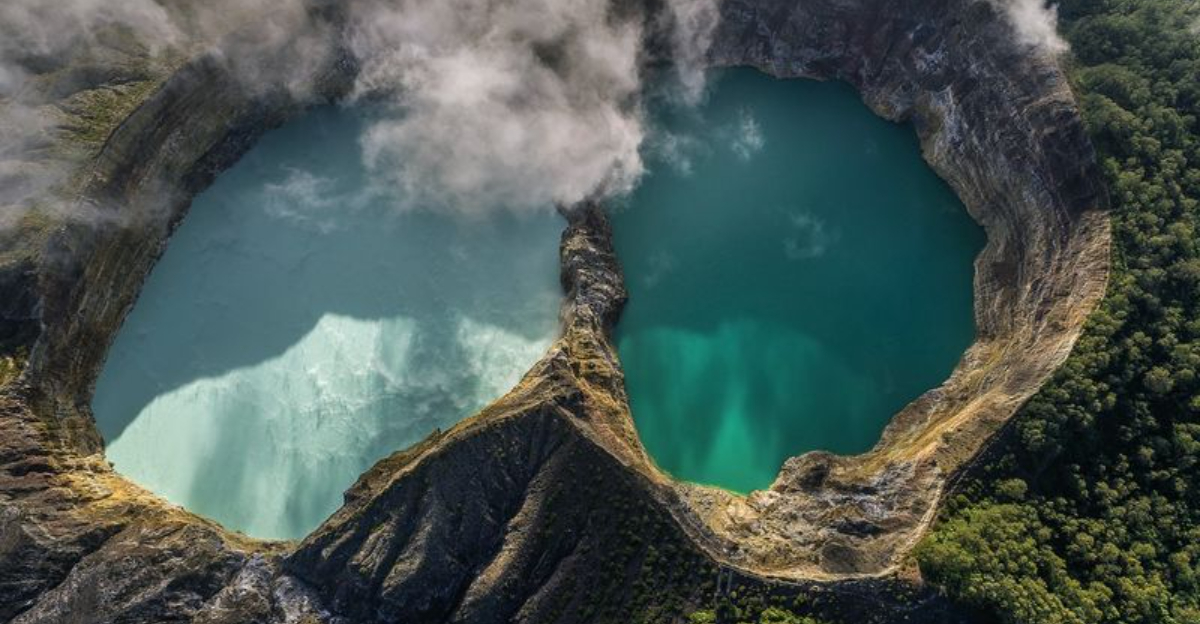
Tired of elbowing through crowds just to snap the same photo as everyone else? You’re not alone. While iconic landmarks have their charm, there’s something magical about stepping into a place that still feels untouched.
Over the years, I’ve uncovered breathtaking spots that rarely make the headlines—but leave lasting impressions. From remote villages to quiet natural wonders, these 18 hidden gems deserve a top spot on your travel wishlist.
And to help you truly enjoy them, I’ve included 3 simple mistakes to avoid that could otherwise ruin the moment. Ready to wander off the map?
1. Syros Island Serenity

While everyone flocks to Santorini and Mykonos, Syros remains Greece’s best-kept secret. The capital, Ermoupoli, dazzles with neoclassical buildings and marble squares that tell stories of its wealthy shipping past.
I love wandering through narrow streets where bougainvillea cascades over pastel-colored houses. Unlike its famous neighbors, beaches here remain uncrowded even in summer. Local tavernas serve fresh-caught fish with views of the Aegean that’ll make your Instagram followers jealous.
Best time to visit? May or September when the weather’s perfect and tourists are scarce.
2. Booking Last Minute (Mistake)

Waiting until the last minute to book your trip to hidden gems is a rookie error I’ve made too many times. These lesser-known destinations often have limited accommodation options that fill up surprisingly fast, especially during local festivals or events you didn’t know about.
Flight prices skyrocket as departure dates approach, sometimes doubling or tripling what early birds pay. Transportation between remote locations can be sparse – that once-daily ferry or mountain bus won’t wait.
Plan at least 3-4 months ahead for these special places. Your wallet will thank you, and you’ll actually get to stay where you want instead of settling for whatever’s left.
3. Svaneti, Georgia Peaks
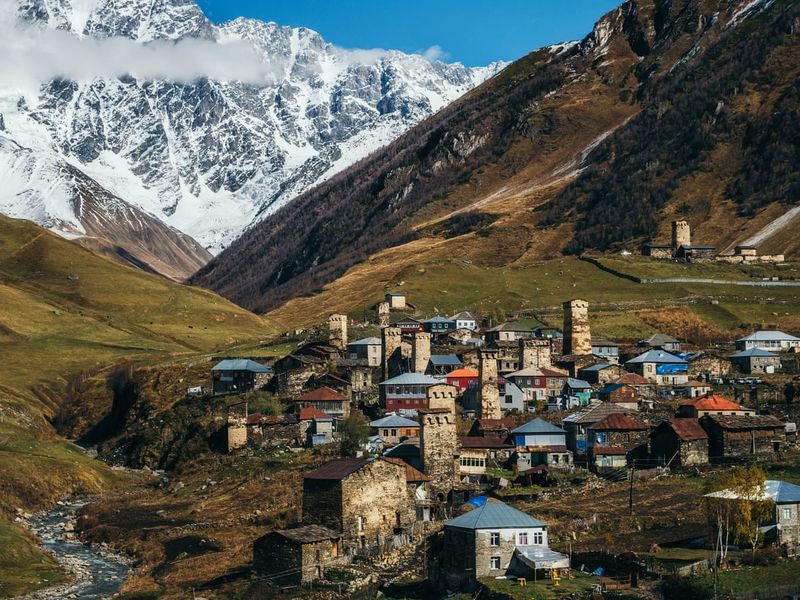
Hidden in the Caucasus Mountains, Svaneti feels like stepping into a medieval fairy tale. Ancient stone towers dot green valleys where shepherds still herd sheep through wildflower meadows.
My hike to Ushguli, Europe’s highest permanently inhabited village, rewarded me with glacier views and homes that haven’t changed in centuries. Locals welcomed me with homemade wine and khachapuri cheese bread that’s worth the journey alone.
Summer brings perfect hiking weather, but I prefer September when golden larches transform mountainsides. Getting here requires a bumpy four-hour drive from Zugdidi, but those brave enough discover Georgia’s soul.
4. Cuenca Colonial Calm
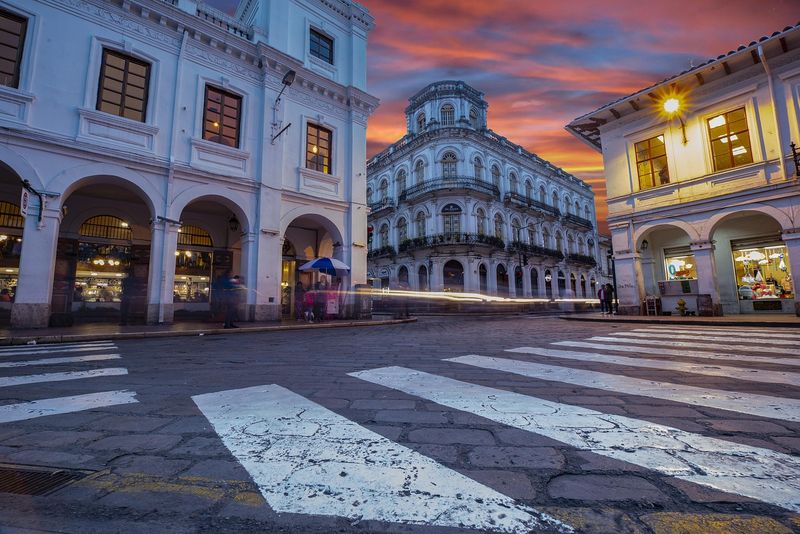
Ecuador’s Cuenca charmed me instantly with its cobblestone streets and red-tiled roofs. This UNESCO World Heritage site sits nestled in an Andean valley where four rivers converge, creating a perfect climate year-round.
Walking through flower-filled plazas, I discovered artisans crafting Panama hats (which actually originate from Ecuador, not Panama). The blue-domed cathedral dominates the skyline, while colonial buildings house quirky museums and cozy cafés.
If you’re looking for authentic South American culture without crowds, this is it. Prices remain surprisingly affordable, and locals still outnumber tourists by far. Sunday markets burst with colorful textiles and farm-fresh produce.
5. Hpa-An Limestone Magic
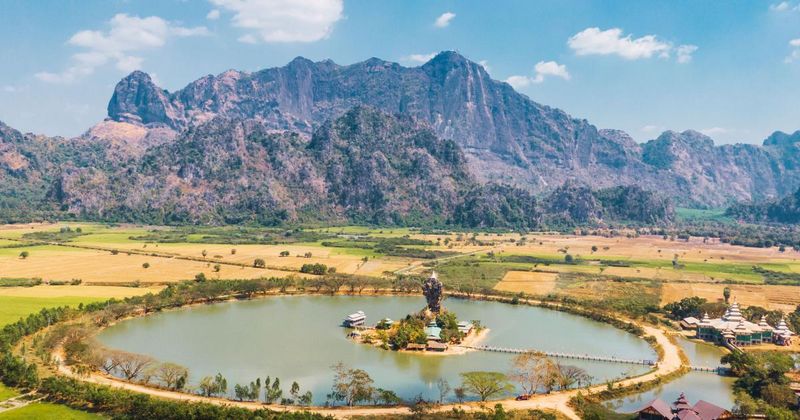
Myanmar’s Hpa-An captivated me with limestone karsts rising dramatically from emerald rice paddies. This region feels untouched by tourism despite its breathtaking landscapes that rival more famous Asian destinations.
Kyauk Ka Lat pagoda perches impossibly on a limestone pinnacle surrounded by a peaceful lake. I spent mornings exploring caves filled with thousands of Buddha statues and afternoons kayaking the Thanlwin River as farmers worked their fields.
Sunrise at Mount Zwegabin offers views that burned into my memory forever. Most travelers rush through Myanmar’s main sites, missing this tranquil corner where traditional life continues undisturbed. Visit during November-February for perfect weather.
6. No Travel Insurance (Mistake)

Skipping travel insurance when visiting remote destinations is gambling with your savings and safety. Medical evacuation from these hidden gems can cost upwards of $50,000 – money most of us don’t have lying around. I learned this lesson after breaking my ankle in a remote mountain town.
Without insurance, I would’ve faced choosing between inadequate local care or financial ruin. Weather changes, transportation strikes, and political situations can cancel trips in an instant. Good insurance covers these unexpected events plus lost luggage and theft.
For $50-100, you’re protected against disasters that could cost thousands. It’s the cheapest peace of mind you’ll ever buy for these off-grid adventures.
7. Huacachina Desert Oasis
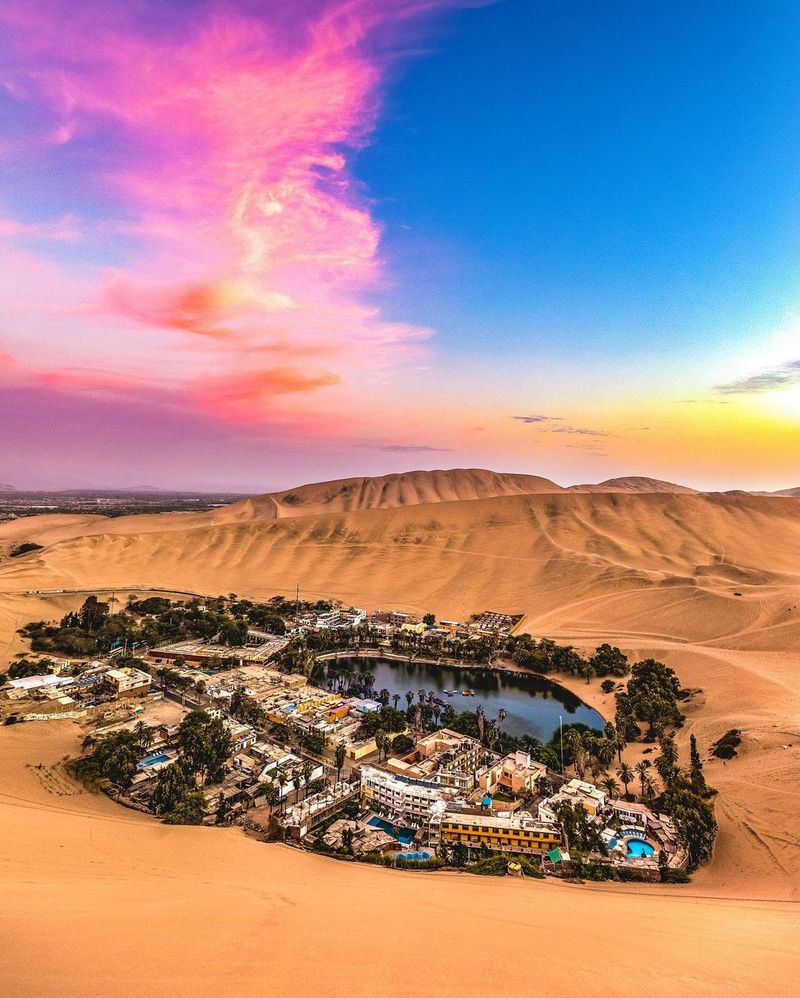
A natural lagoon surrounded by massive sand dunes seems impossible until you see Huacachina with your own eyes. This tiny village in southern Peru feels like a mirage – palm trees reflecting in green waters while golden dunes tower hundreds of feet overhead.
Adrenaline junkies race down steep slopes on sandboards while others take wild dune buggy rides that feel like roller coasters without tracks. I preferred watching sunset from a dune top, where the changing colors created nature’s greatest light show.
Just five hours from Lima, this desert wonder remains oddly uncrowded. Stay overnight to experience stargazing unlike anywhere else – zero light pollution reveals galaxies you never knew existed.
8. Isle of Eigg Escape
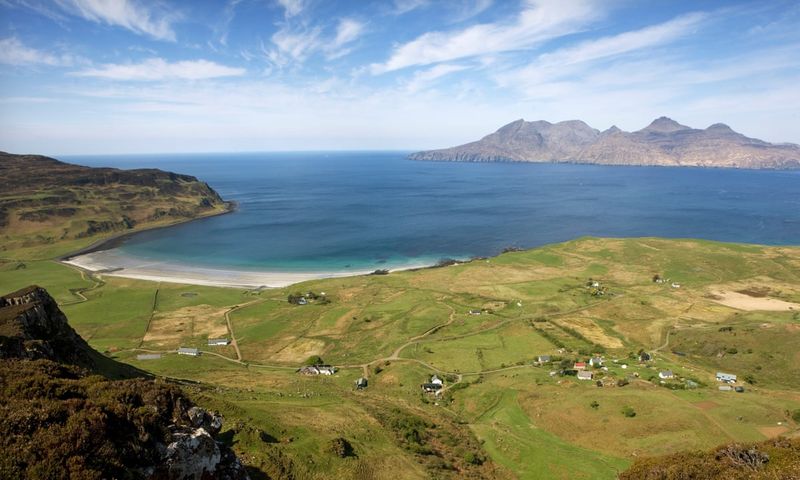
Scotland’s Isle of Eigg packs dramatic landscapes, fascinating history, and forward-thinking sustainability into just 12 square miles. This tiny Hebridean island runs entirely on renewable energy – something I found remarkable while staying in a cozy croft house.
The Sgùrr, a massive pitchstone ridge, dominates the island’s skyline and rewards hikers with Atlantic views stretching to the Isle of Skye. Golden eagles soar overhead while seals play along pristine beaches that change with each tide.
Community-owned since 1997, Eigg’s 100 residents welcome visitors who appreciate their peaceful way of life. Reaching this gem requires a ferry from Mallaig, keeping crowds away and preserving its magic throughout the seasons.
9. Gili Meno Bliss
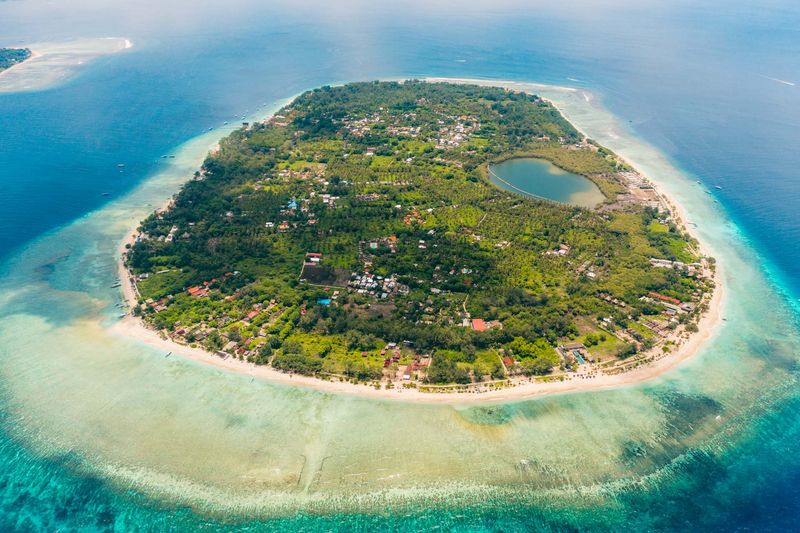
Between Bali and Lombok lies tiny Gili Meno, the forgotten middle child of Indonesia’s famous Gili Islands. While party-seekers hit neighboring Gili Trawangan, Meno remains blissfully quiet with powdery white beaches and crystal waters.
No cars or motorbikes exist here – just sandy paths winding through coconut groves. I spent mornings snorkeling with sea turtles at Turtle Point, where these gentle creatures swim fearlessly close to shore. The island’s salt lake attracts birds that turn sunset skies into living artwork.
Beachfront bungalows offer simple luxury without TVs or WiFi distractions. This digital detox paradise takes just 30 minutes by boat from Lombok but feels worlds away from modern stress.
10. Misreading Visa Rules (Mistake)

Nothing ruins a dream trip faster than being turned away at immigration. I’ve seen travelers in tears after assuming visa requirements were the same as their last visit or misunderstanding entry rules completely.
Many countries require visas obtained weeks in advance, passports valid for six months beyond your stay, or proof of onward travel. Some even demand evidence of sufficient funds or hotel reservations. Rules change frequently without warning. A friend was denied boarding because she needed a transit visa for a 5-hour layover she thought was exempt.
Always check official embassy websites 2-3 months before travel, even for countries you’ve visited before. This simple habit prevents heartbreaking and expensive mistakes.
11. Picos de Europa Hikes
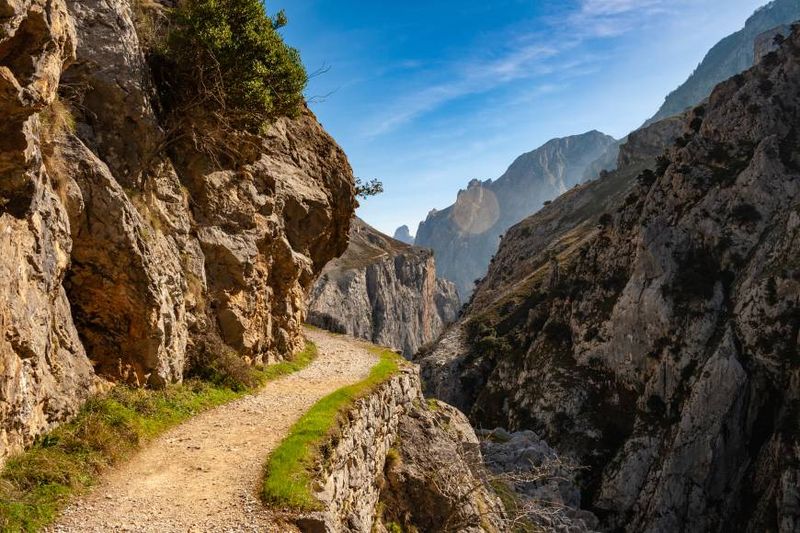
Spain hides an alpine wonderland most tourists never discover. The Picos de Europa mountains rise dramatically from the northern coast, creating a landscape where snow-capped peaks meet meadows filled with wildflowers and grazing livestock.
Hiking the Cares Gorge trail, I followed a path carved into sheer cliffs with the river flowing 1,500 feet below. Local shepherds still make blue-veined Cabrales cheese in limestone caves, aging it exactly as their ancestors did centuries ago.
Villages like Bulnes remained accessible only by foot until recently, preserving authentic mountain culture. Just four hours from Madrid, this national park offers Europe’s most spectacular scenery without the crowds of the Alps. Fall brings magical colors and perfect hiking temperatures.
12. Korčula’s Quiet Charm
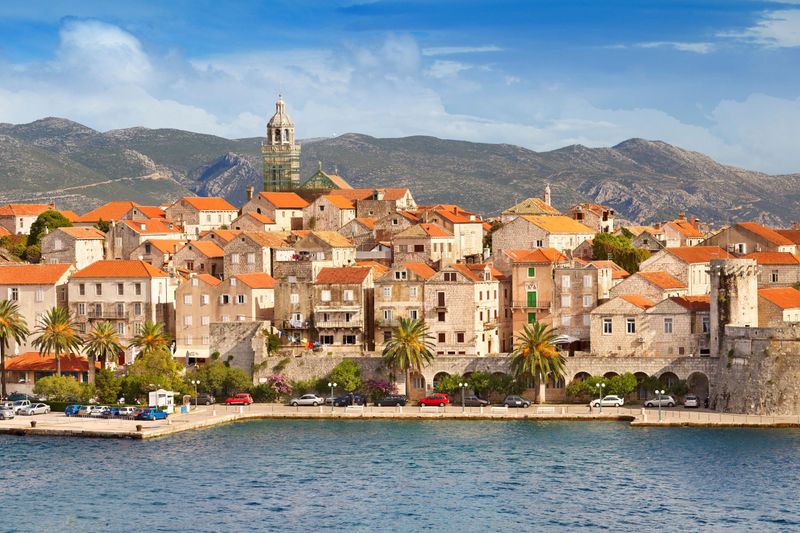
Marco Polo’s alleged birthplace offers Croatian island magic without Dubrovnik’s crowds. Korčula’s medieval walled town sits on a peninsula surrounded by impossibly blue Adriatic waters, its narrow streets arranged in a herringbone pattern to block harsh winds while allowing summer breezes.
Locals performed the traditional Moreška sword dance for me – a dramatic battle spectacle unchanged for centuries. Inland villages hide family-run wineries producing Grk, a white wine grown nowhere else on Earth. Beaches here remain unclaimed by sunbed rentals, and waterfront restaurants serve fresh seafood at half Hvar’s prices.
Ferry connections from Split make access easy, yet somehow mass tourism hasn’t discovered this Dalmatian gem that balances authenticity with just enough amenities.
13. Lake Inle Tranquility
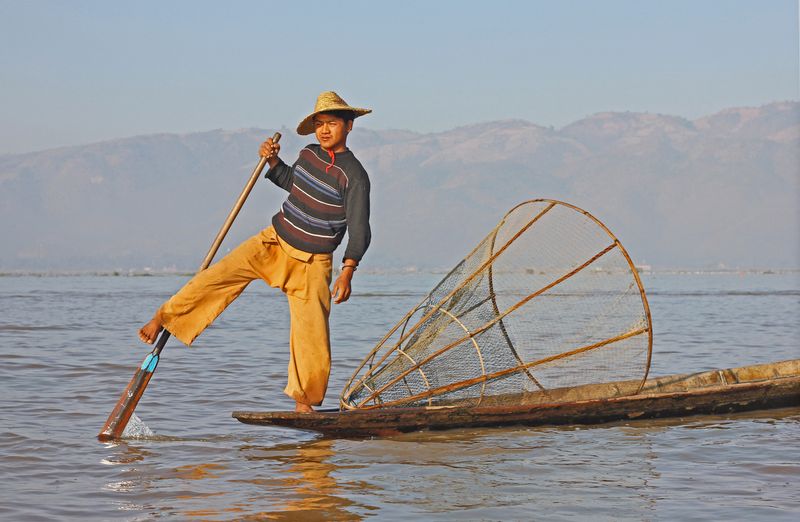
Myanmar’s Lake Inle offers a glimpse into a way of life that’s remained largely unchanged for centuries. Entire villages stand on stilts above the water, with transportation limited to handcrafted wooden boats. Fishermen here practice a unique one-legged rowing technique, wrapping one leg around an oar while standing to spot fish in the shallow waters.
I watched in amazement as they balanced perfectly while casting cone-shaped nets. Floating gardens produce tomatoes and flowers, anchored to the lake bottom with bamboo poles. Markets rotate between villages throughout the week, with Pa-O and Intha people arriving by boat in traditional dress.
Visit during October-November when the lake hosts spectacular boat racing festivals without the tourist crowds of better-known Asian destinations.
14. Paraty’s Cobblestone Streets
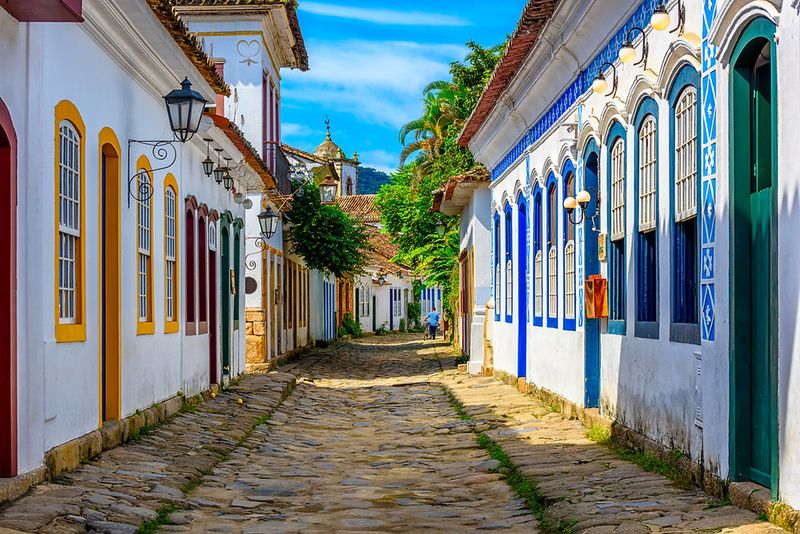
Brazil’s colonial gem sits frozen in time between jungle-covered mountains and a bay dotted with 65 islands. Paraty’s pedestrian-only historic center features Portuguese colonial architecture with doors painted in brilliant blues and reds against whitewashed walls.
High tide brings a magical transformation as seawater flows through streets designed to be naturally cleaned by the ocean. I spent days exploring by boat, finding hidden beaches accessible only by water and swimming in natural pools formed by river stones.
Artists and craftspeople now occupy buildings once used by gold traders, creating a creative energy that balances the town’s historical character. Just halfway between Rio and São Paulo, Paraty somehow maintains its sleepy fishing village atmosphere despite being one of Brazil’s architectural treasures.
15. Ksamil’s Turquoise Waters

Albania’s Riviera remains Europe’s last undiscovered coastline, with Ksamil offering Caribbean-quality beaches at Eastern European prices. Four small islands sit just offshore, close enough to swim to if you’re feeling adventurous. Ancient Greek and Roman ruins at nearby Butrint provide a fascinating day trip through 3,000 years of history.
Unlike crowded Mediterranean destinations, here you can still find empty coves with perfectly clear water for snorkeling among colorful fish. Seafood restaurants serve fresh catch grilled with olive oil and local herbs for a fraction of what you’d pay in Italy or Greece.
Though increasingly popular with regional tourists, international visitors remain rare. Visit in June or September for perfect weather without crowds.
16. Valle de Cocora Trails
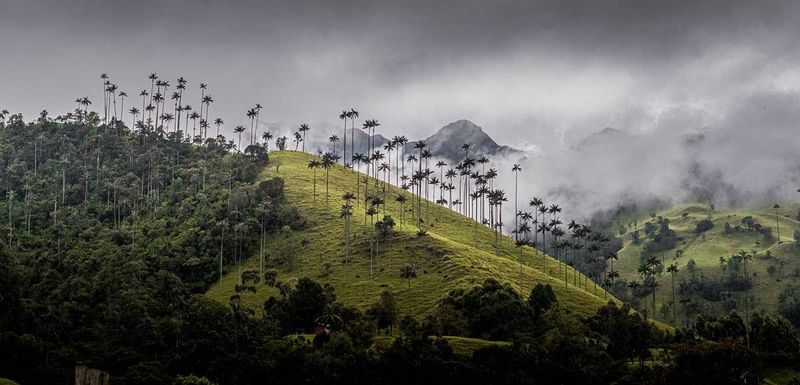
Colombia’s Valle de Cocora looks like something Dr. Seuss might have drawn – a lush green valley filled with the world’s tallest palm trees stretching impossibly high against misty mountain backdrops.
Hiking trails wind through cloud forest where hummingbirds dart between exotic flowers and streams cross your path via rickety wooden bridges. The wax palms can reach 200 feet tall, creating a landscape that feels both prehistoric and magical.
After my hike, the nearby colonial town of Salento welcomed me with rainbow-colored buildings and the best coffee I’ve ever tasted, grown right on surrounding hillsides. Despite being just a few hours from Medellín, this valley remains blissfully under-visited compared to Colombia’s coastal destinations.
17. Matera’s Cave Homes
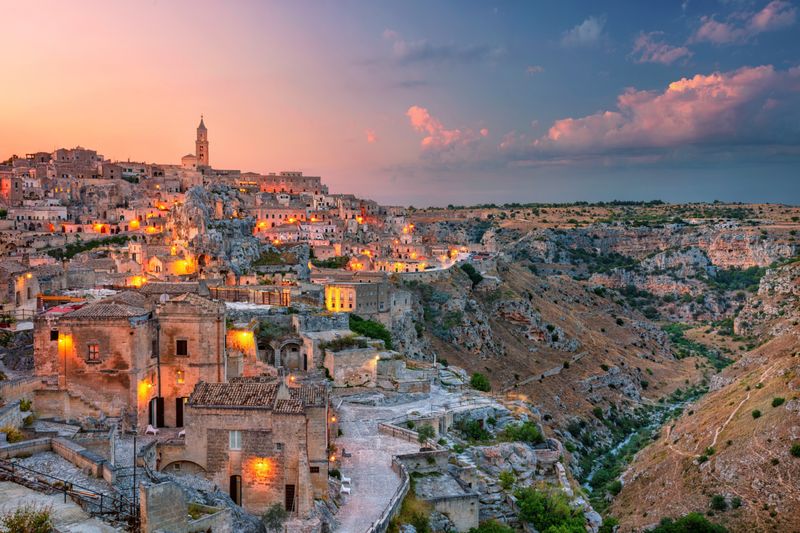
Italy’s oldest continuously inhabited settlement feels like time-traveling to biblical times. Matera’s sassi districts feature cave dwellings carved directly into limestone cliffs, creating a honeycomb of ancient homes and churches that glow golden at sunset. Just 50 years ago, these caves were considered Italy’s “national shame” for their poverty.
Today, they’ve been transformed into boutique hotels and restaurants while preserving their historical character. I slept in a cave room where the temperature stays naturally cool without air conditioning. Churches carved underground hide frescoes painted by monks who sought refuge here centuries ago.
Despite being a UNESCO site and European Capital of Culture, Matera sees a fraction of visitors that flood Florence or Venice, making it Italy’s most atmospheric hidden treasure.
18. Flores Island Wonders
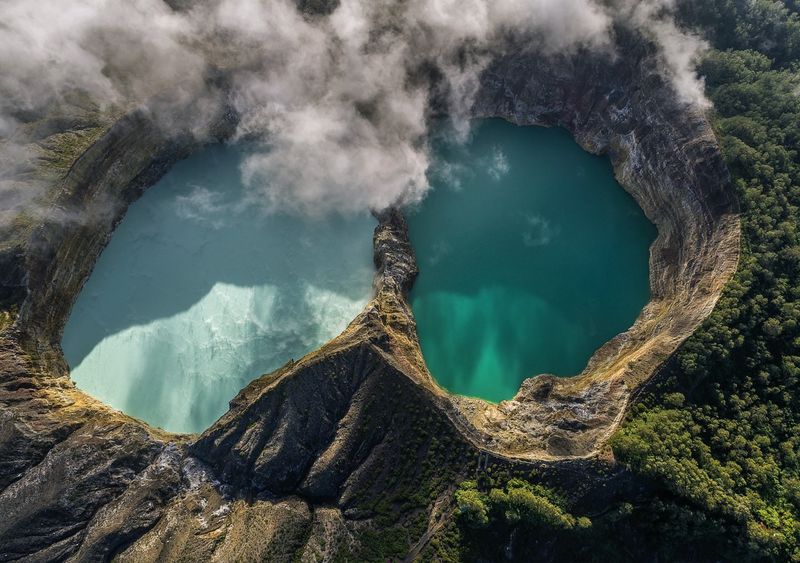
Between Bali and Komodo lies Flores, an Indonesian island where volcanic landscapes meet tribal traditions. The three-colored crater lakes of Kelimutu change hues throughout the year – from turquoise to green, red, and black – a phenomenon locals attribute to restless spirits.
Traditional villages like Wae Rebo welcome visitors to their conical thatched homes hidden in misty mountains. I learned to weave ikat textiles from women who create patterns passed down for generations.
Komodo dragons might get all the attention, but Flores offers encounters with local cultures virtually unchanged by outside influence. The trans-Flores highway provides access to remote areas, though rough roads mean slow travel. Patience rewards you with Indonesia’s most authentic island experiences.
19. Albarracín Mountain Views

Spain’s most beautiful village clings to a mountainside, its pink-hued medieval buildings seeming to grow organically from the rocky landscape. Albarracín’s narrow streets wind uphill past houses with wooden balconies that nearly touch across the passageways.
Ancient walls snake around the town and up to a castle ruin offering views across the Aragon countryside. Rock climbers come for world-class bouldering in the surrounding pine forests, while history lovers explore perfectly preserved architecture unchanged since the Middle Ages.
Just two hours from Madrid or Valencia, this village somehow escapes mass tourism despite being frequently voted Spain’s most picturesque town. Visit midweek to have the place almost to yourself, especially in spring when wildflowers carpet the surrounding hills.
20. Vang Vieng River Peace
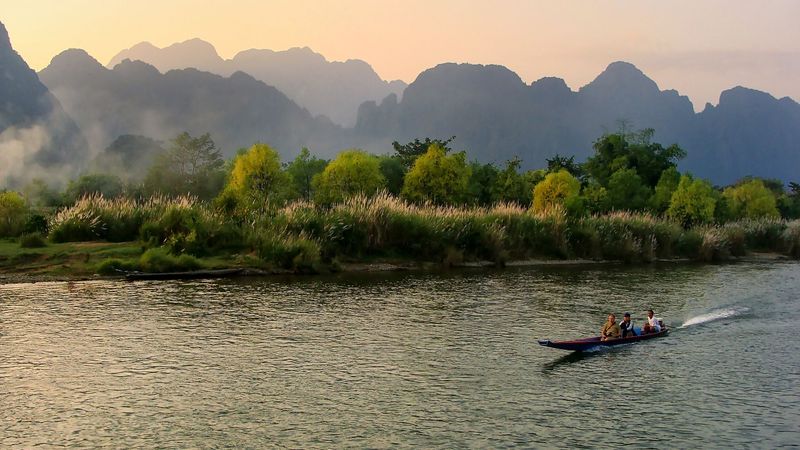
Once notorious for wild parties, Laos’ Vang Vieng has transformed into an eco-tourism haven where limestone karsts create a dramatic backdrop for gentle river adventures. The Nam Song River flows crystal-clear through the valley, perfect for kayaking or tubing at a relaxed pace.
Blue lagoons hidden among the karsts offer refreshing swimming spots after hiking to viewpoints. I watched hot air balloons drift over rice fields at sunrise – a memory that still gives me goosebumps. Local organic farms now offer farm-to-table meals and cooking classes featuring Lao cuisine.
Just four hours from Vientiane but worlds away from city life, Vang Vieng proves destinations can evolve from party spots to peaceful retreats. Visit during November-February for perfect weather and low water levels.
21. Marvao Castle Views
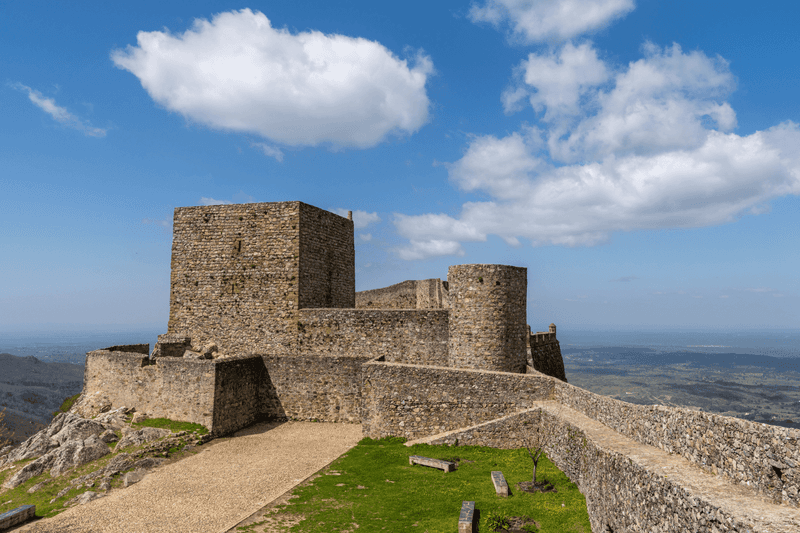
Perched on a granite crag near the Spanish border, Portugal’s Marvão village looks like it’s floating in the clouds on misty mornings. Medieval walls completely encircle this tiny settlement of whitewashed houses with terracotta roofs.
The 13th-century castle offers views across two countries – Portugal’s Alentejo plains and Spain’s Extremadura region. I wandered empty cobblestone streets that twist past houses where geraniums spill from window boxes, meeting more cats than people. Chestnuts from surrounding forests flavor local cuisine, while small vineyards produce robust reds sold nowhere else.
Despite being just two hours from Lisbon, Marvão receives few visitors compared to Portugal’s coastal areas. Stay overnight to experience sunset and sunrise transforming the vast landscape below.
